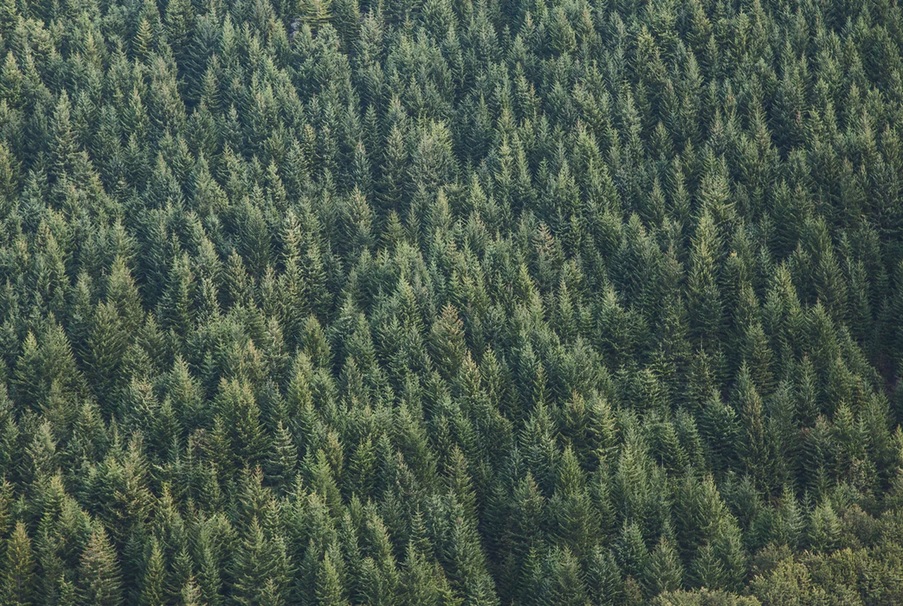
By American Forest Resource Council
American Forest Resource Council (AFRC) President Travis Joseph had the following to say regarding the Washington Department of Natural Resources’ (DNR) ‘carbon project’ on public working forests known as state trust lands:
“DNR should follow the recommendations of the U.N. Intergovernmental Panel on Climate Change that the best way to mitigate climate change is through science-based, sustainable forest management. This includes planting and growing trees, harvesting and manufacturing wood products for carbon storage, and replanting and starting the sustainable cycle over again on the half of DNR state trust lands that remain open for timber harvest. This cycle ensures our forests remain forested forever while meeting society’s needs for carbon-friendly wood products.
“Unfortunately, DNR’s ‘carbon project’ is the same failed approach of the last 30 years under a new name: walking away from our forests and hoping bugs, disease, mortality, and catastrophic wildfires don’t destroy the resources, wildlife, and communities we’re trying to protect. Our public forests are burning at alarming rates. Demand for affordable housing and lumber are on the rise. We’re losing milling infrastructure as we import more finished wood products from overseas. Washingtonians are looking for a new, bold path to working with our forests to meet our needs while continuing to protect the environment. This announcement is more of the status quo.
“We’re concerned that Commissioner Franz is moving forward – with no analysis or recognition of the consequences – to link the future of the Department, Washington’s forest workers and green infrastructure, and our public forests to complex and controversial financial markets with uncertain environmental outcomes. Washington’s public forests should be managed by experts and trained professionals, not by deep-pocketed organizations and politically connected financiers running public relations campaigns.
“At a minimum, before taking further action, the Board of Natural Resources should require the Department to analyze and publicly disclose a detailed analysis of the environmental, social, and economic costs and benefits of this direction. From our perspective, importing more wood from outside Washington and the U.S., using less carbon friendly materials such as concrete and steel to substitute for wood, and reducing Washington’s green workforce and infrastructure needed to respond to our forest health crisis – the real world consequences of this plan – will undercut Washington’s ambitious climate change goals, not help achieve them.”
Background
A bipartisan 2020 state law acknowledges the essential role Washington state’s forest sector and working forests play in removing greenhouse gases from the atmosphere, and affirming it is in the public’s interest for state policies to support all aspects of a fully integrated forest sector in the state. Without a sustainable and predictable supply of timber from state trust lands, Washington will continue to lose this green infrastructure.
According to the University of Washington’s Forest Carbon Study, Washington’s private working forests and forest sector are a “Below Net Zero” carbon emitter. Although the processes associated with manufacturing wood and paper products emit some greenhouse gasses, growing and harvesting trees and using wood products store more carbon than is emitted, reducing Washington’s carbon footprint by 12 percent.
The DNR already has several policies in place to conserve older forests. Nearly half of DNR trust lands in western Washington are no longer available for sustainable timber management under the Habitat Conservation Plan (HCP) and other policies set by the Board of Natural Resources. Nearly 90 percent of the stands over 120 years old are already set aside under the HCP and board policy. And every year, the DNR is growing additional acres of older forests as lands set aside mature under the HCP.
Disclaimer: Articles featured on Oregon Report are the creation, responsibility and opinion of the authoring individual or organization which is featured at the top of every article.

